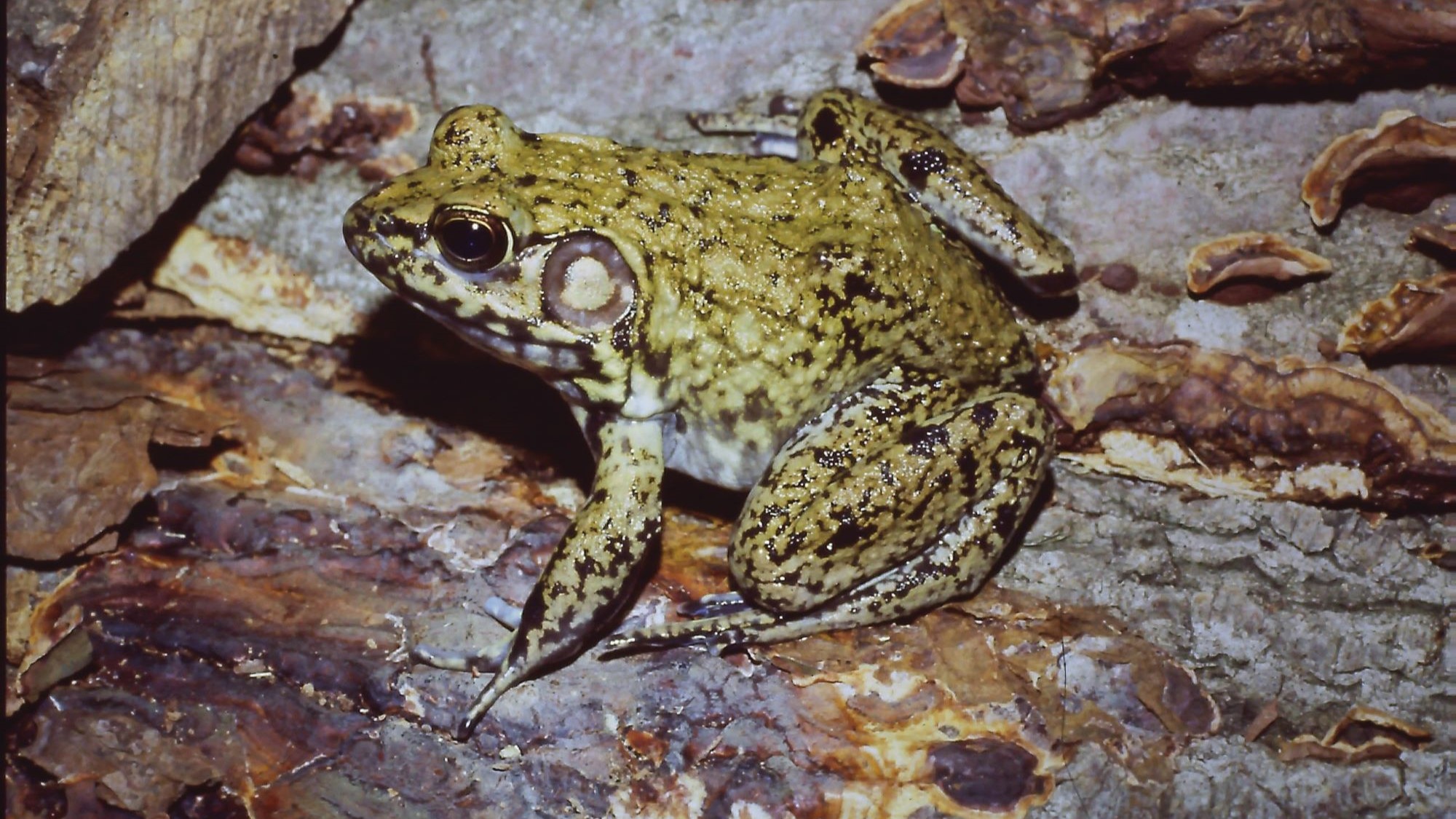

“No one can mistake a frog for any other vertebrate,” writes herpetologist C. Kenneth Dodd Jr. in his newly published edition of Frogs of the United States and Canada. The jumpy amphibians share the “same basic body plan,” he notes: big eyes, short heads, “little or no neck,” and a compact form. This combined with powerful limbs helps the animals get around easily on both land and water.
And, boy, do they get around. About 7,400 frog species known to biologists dig, leap, and swim across the planet. In Dodd’s new guide—which also features many of his photographs—he focuses on the 114 native and introduced species that dwell north of the US-Mexico border. (Hawaii is the only state without local frogs, though coquis have taken over the island chain with their raucous chirps since being introduced in the 1980s.)
Frogs and their warty subset, toads, typically live by water, where adults lay eggs and swimming tadpoles awkwardly grow into their legs. Yet, when it comes to habitats, the amphibians are a diverse bunch, with some found in prairies and tropics while others hop high in the mountains. Let’s meet a few of the fun ones from Dodd’s book.

[Related: Behold, the tapir frog’s magnificent snout]


[Related: How did ancient frogs move between America and Australia?]



Buy Frogs of the United States and Canada by C. Kenneth Dodd Jr. here.